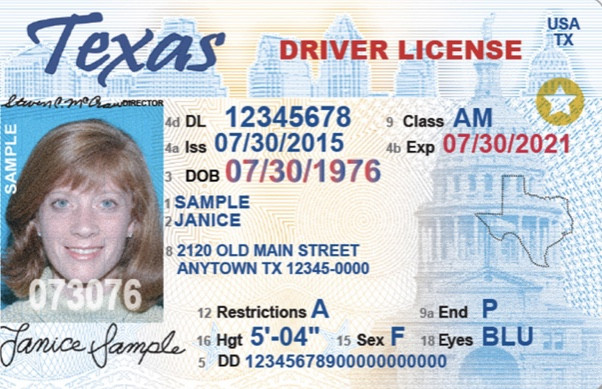Discovering a misspelling in your driver's license can be frustrating, but correcting it is simpler than you might think. At "Get Drivers Ed," we not only provide comprehensive driver’s ed but also guide you through various DMV processes in Texas, including correcting a misspelled name on your license.
Gather Necessary Documentation:
You'll need legal documentation showing your correct name. This could be a birth certificate, marriage certificate, or court order. Drivers ed courses at "Get Drivers Ed" emphasize the importance of proper documentation for any DMV procedure.
Visit Your Local DPS Office:
Texas requires you to visit a Department of Public Safety (DPS) office in person for name corrections. Get Drivers Ed recommends checking the DPS website for the nearest location and business hours.
Complete the Application Form:
Fill out the application form for a driver's license or identification card. In our driver's ed sessions, we cover how to complete these forms accurately.
Pay the Required Fee:
There will be a fee for issuing a new license with the corrected name. "Get Drivers Ed" advises having your payment method ready.
Submit the Documents:
Present your legal documents along with the application form at the DPS office. Drivers ed teaches that having your documents organized can streamline the process.
Receive a Temporary License:
Once your application is processed, you'll receive a temporary license. Your new license with the corrected name will be mailed to you.
Begin Your Driving Journey with Confidence:
Mistakes happen, but they can be fixed. For more helpful tips and to enhance your driving knowledge, consider enrolling in Get Drivers Ed courses. We provide comprehensive driver's ed training that goes beyond driving skills.
Start your driver's ed today at https://getdriversed.com/courses and navigate the road (and the DMV) with ease.

